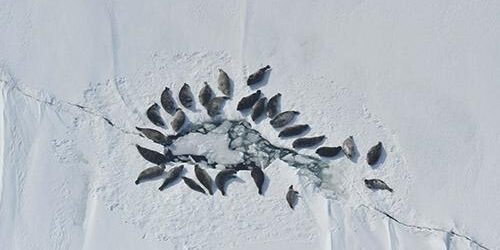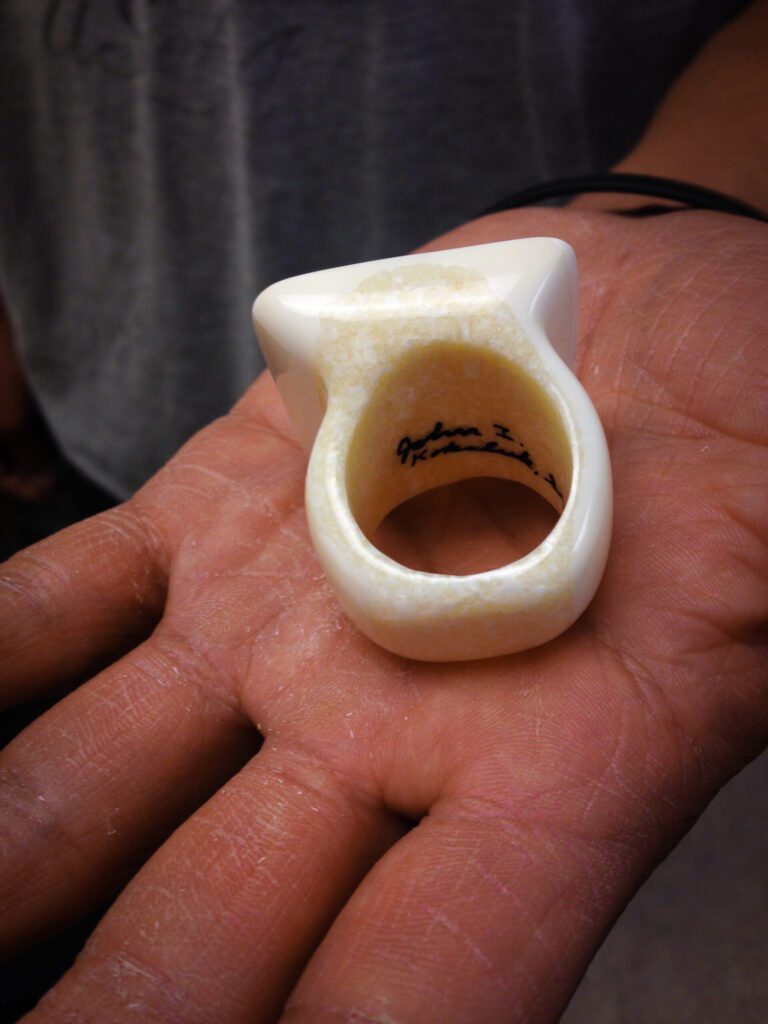In 2012, the Center for Biological Diversity (CBD) petitioned the National Oceanic and Atmospheric Administration (NOAA) to list harbor seals in Iliamna Lake in Southwest Alaska as threatened or endangered under the Endangered Species Act. As of Wednesday, NOAA announced their findings: changing the listing of the Iliamna Lake seals is unwarranted.
Julie Speegle, spokesperson for NOAA fisheries – Alaska region, summarized the administration’s announcement:
“We determined that the harvest seals found in Iliamna Lake are not a distinct population segment because even though they are discreet from the Pacific harbor seals subspecies to which they belong, they are not significant to it,” stated Speegle.
In the Center for Biological Diversity’s petition from four years ago, the Center asserted that Iliamna Lake seals are a “distinct population segment” (or DPS) of the Pacific harbor seals and that the unique species warrants protection. Speegle says NOAA reached a different conclusion based on the definition of DPS.
“So, a distinct population segment is a population or group of populations that is discreet from other populations of the species and significant in relation to the entire taxon to which it belongs,” explained Speegle, “So under the Endangered Species Act, a species can be listed if it’s a species, subspecies, or distinct population segment of a vertebrae species.”
Speegle says within Alaska, there are more than 150,000 harbor seals, which are divided into 12 separate stocks, all protected under the Marine Mammal Protection Act. But when talking about the population size of Iliamna Lake seals, Dune Lankard, the Alaska representative for the Center for Biological Diversity (CBD), says it’s a relatively small number.
“The numbers that I have heard are between 250 and 300. And seals are fairly prolific; a lot of their survival depends on different weather conditions, and what’s happening to the environment as well as with hunting. So I don’t know how many freshwater seals in that area are being taken for subsistence purposes. But the last I heard it was still in the 250-300 seal range,” said Lankard.
Besides a small population size, one of CBD’s other concerns for Iliamna Lake seals and their food source, local salmon, was how much of an impact the Pebble Project mining deposit would have on the species.
“And certainly what happens with Pebble will decide for us what we’re going to do, because right now that project seems like it’s on hold, there’s are a lot of permits that still have not been issued. So, I think that project is going to continue to be in the works — at some point, maybe even develop,” Lankard surmised.
Lankard says the CBD was disappointed with NOAA’s announcement but has not yet decided how it will respond. He says, legal action is an option on the table for the Center to protect Iliamna Lake seals.







